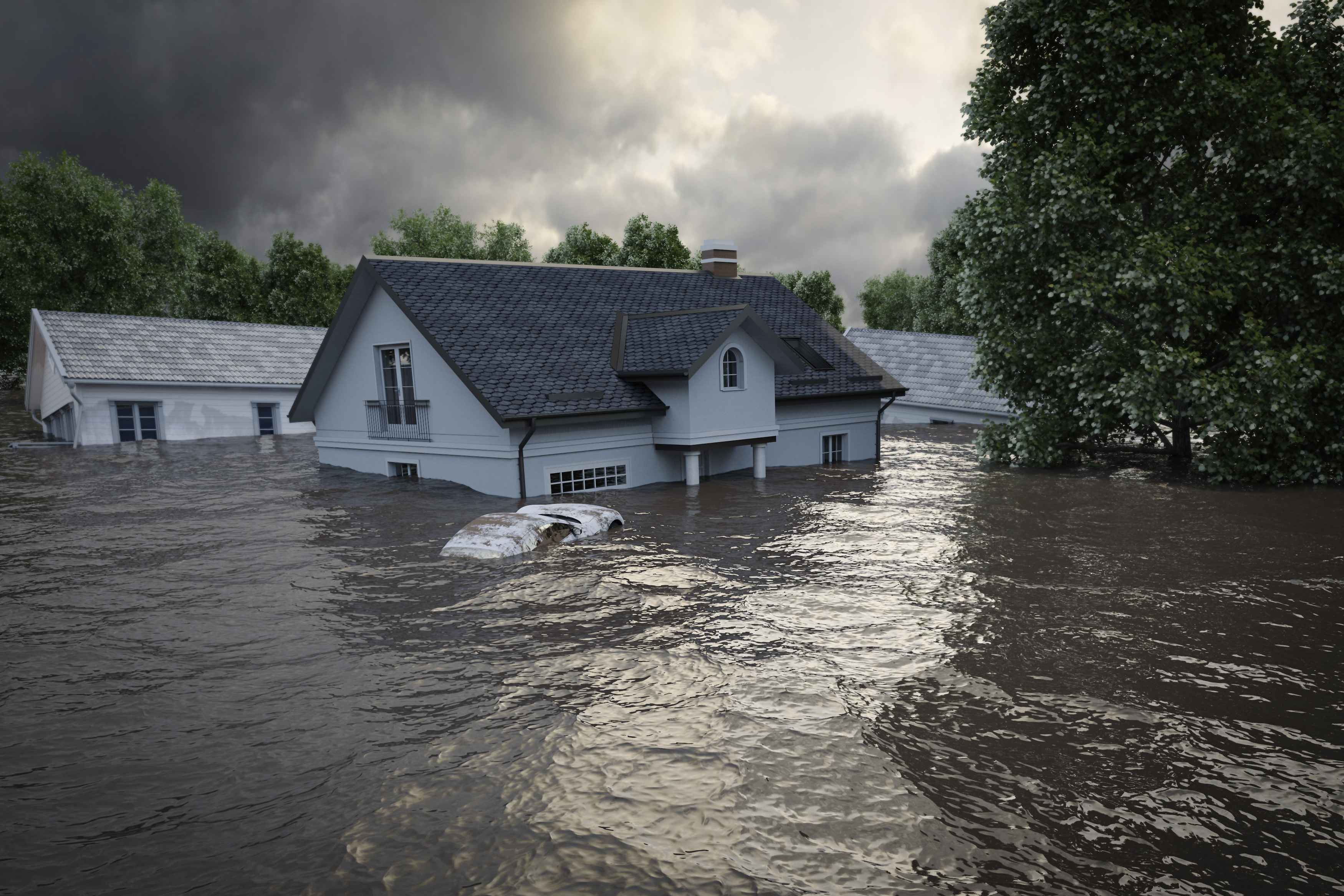SmarterSafer Releases Risk Rating 2.0 Stakeholder Support Letter

The United States experiences more severe storms, including tornadoes, than any other country in the world. While tornadoes were once largely confined to Tornado Alley, these extreme weather events are increasingly occurring across a broader range of areas, including as far east as the Atlantic coast. The frequency and severity of these storms are rising, posing a growing threat to communities across the country. In recent years, the number of tornadoes has exceeded the typical average, with more destructive storms becoming the new normal. As climate change intensifies the conditions that produce severe storms, tornado seasons are becoming longer and more unpredictable, with tornadoes appearing more often in winter rather than summer.
The increased intensity of these storms is evident, with several recent tornadoes causing significant damage, including six tornado outbreaks in 2024 that resulted in billions of dollars in losses. These powerful storms disproportionately affect communities in tornado-prone regions, where the cost of living is lower and infrastructure is often less resilient to such events. Studies show that these areas are more vulnerable to injuries and fatalities, especially among individuals from lower socioeconomic backgrounds. As climate change continues to exacerbate the severity of these storms, it is crucial for lawmakers to address this disparity and develop policies that better protect vulnerable communities and reduce the devastating impact of severe storms.